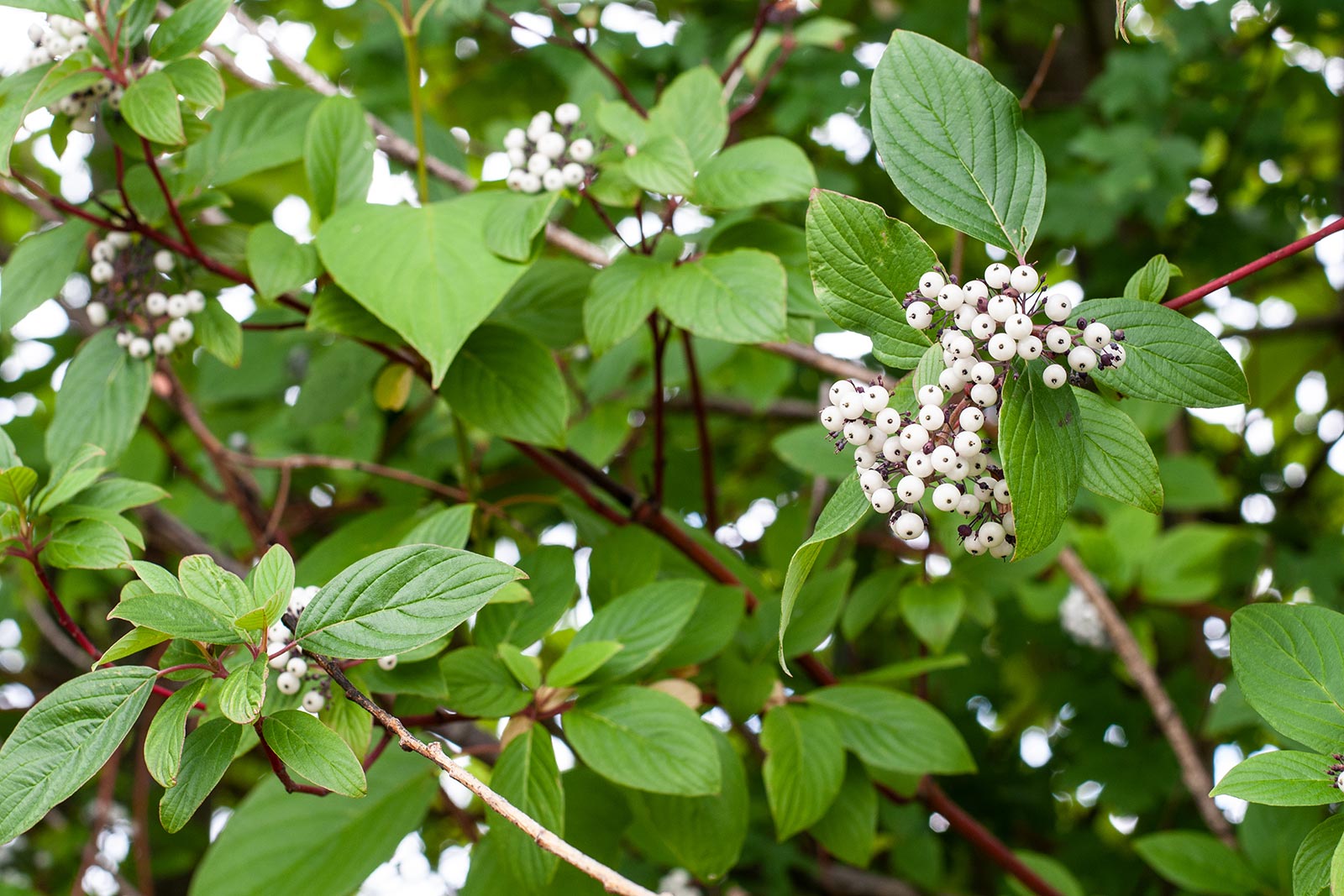A multi-stemmed, deciduous shrub that grows to 15 feet tall. Small greenish-white flowers grow in dense, flat-topped clusters in spring and produce bluish-white berries in the fall. Excellent fall color. Stems turn are bright red in winter providing much needed color that time of year. It is a good plant for riparian areas or ponds. Prefers moist soil and partial to full sun.
$3.50
$3.50
Out of stock
Related products
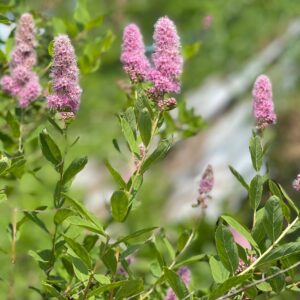 Out of stock
Out of stock
Douglas Spirea
Douglas spirea is rhizomatous and multi-branched shrub that grows 5-8 feet tall. It prefers moist to wet soils and full sun. It produces bright clusters of tiny pink flowers. This plant is excellent for wetlands and riparian areas but can tolerate drier soils in a landscape setting.
Read more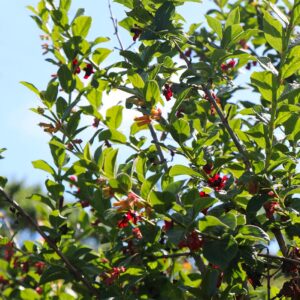 Out of stock
Out of stock
Twinberry
Twinberry is part of the Honeysuckle Family. It can often be found in wetlands, alongside streams, and in open forests. This plant is a great “edge” species when planted between a forest and more open areas. It blooms with small yellow tubular flowers and is known for its showy pink bract surrounding shiny black fruit.
Read more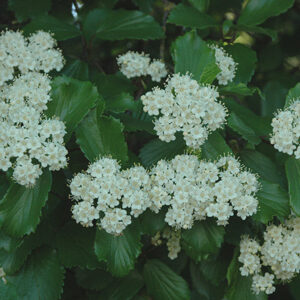 Out of stock
Out of stock
Oregon Viburnum
Viburnam ellipticum is native to southwest Washington to central California and found primarily on the west side of the cascades. It grows 3-9ft tall in a multistemmed bush. This plant provides white cluster flowers in May and June and beautiful fall colors.
Read more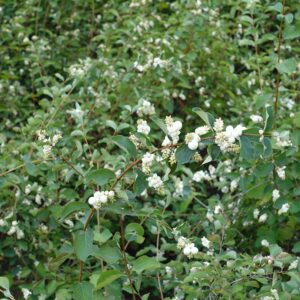 Out of stock
Out of stock
Snowberry
This unsung hero of the plant world is versatile, elegant, and tough as nails—if you cant get something grow in a specific location, plant snowberry. This deciduous shrub is 2-6 feet tall and very adaptable to a wide range of growing conditions. It produces small pink and white flowers in the spring and clusters of showy white berries that persist through the winter. *Careful: the berries are poisonous if eaten by humans but are great for wildlife.
Read more
